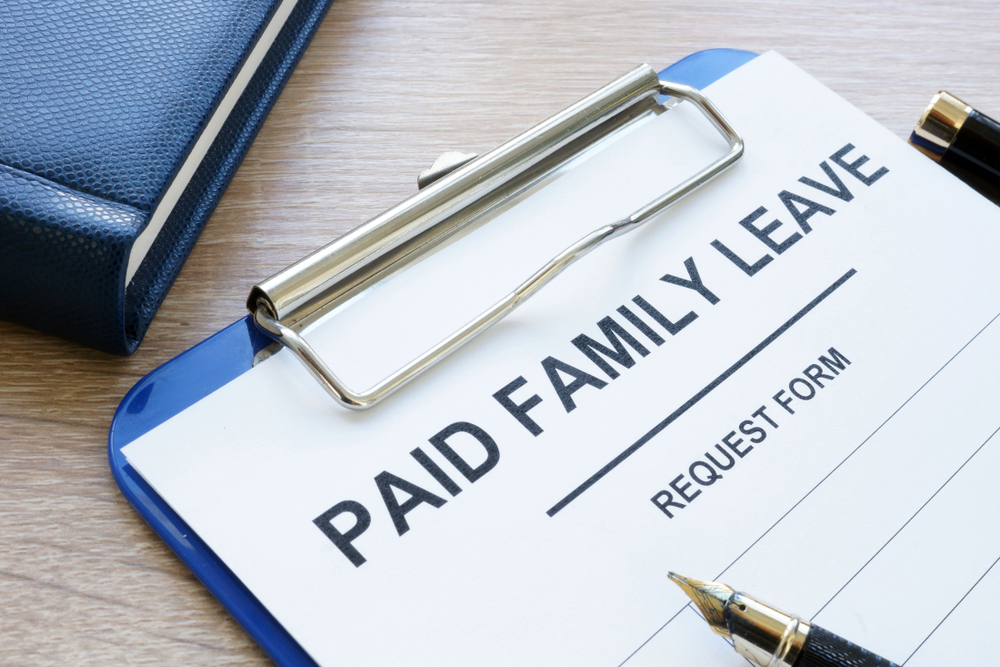The great resignation has had an undeniable impact on businesses throughout our country.
Per the latest Job Openings, Layoffs, and Turnover Survey (JOLTS) release, November 2021 saw a series high of 4.5 million employees leave their jobs, a 3% increase from the month prior. While historically, high turnover was most prevalent in the younger workforce, today’s statistics show that we are losing more mid-career professionals, ages 30-45, than ever before. Of the many reasons why this phenomenon exists today, there is a notable one that is within a business’s control to change: creating better balance for working parents.
As a business leader, it is imperative to weigh both sides of the financial risks and rewards: financing the benefits working parents need to balance their family life against the cost of replacing them. Most sources would suggest that the average cost of turnover can range anywhere from 75% to 250% of that employee’s salary.
But what can businesses do differently to help them stay? Taking a look at employers who are doing this well, here are a few things you can do to better support your workforce through these life changes and not fall victim to the great resignation:
Offer Adequate Compensation During Child Rearing for New Moms AND Dads
While many states have implemented paid leave policies, it’s not enough to provide parents with time. Employers must also ensure they are offering supplemental income or insurance to fill any gaps that the state’s policy may leave.
For example, Connecticut offers a generous paid leave program for many, but for any employee earning more than $60,0000 per year, they may be left with a significant income gap. Employers should consider policies that close that gap either through salary continuation, or supplemental insurances to make sure new parents are not struggling to get by during parental leave.
Implement Leave Management Administration Services So That the Experience is Seamless
In speaking with several new parents, the experience they had while out on parental leave made a lasting impression and influenced how they felt about their employer. Providing a service that can check in with employees every so often and make sure they understand and receive their benefits in a timely manner will leave a positive and lasting impression of the way the company handles parental leaves.
Provide Financial Wellbeing Resources and Additional Benefits to Help Support Working Parents
Between daycare, groceries and diapers, many new parents are in need of personal financial coaching to better plan for life with a new member of the family, and save for the new expenses that they may incur. Many employers are partnering with providers who will give timely and needed financial wellbeing education, so that employees can reduce their financial stress. Since stress can impact employee retention – 72% of employees whose financial stress increased during the pandemic would be attracted to another company that cares more about their financial well being – providing these resources can benefit both the employee and the company.
Additionally, in this (almost) post-pandemic environment, many working parents are struggling to balance kids who are home while getting their job done remotely. Forward thinking employers may offer benefits like free classes through an online platform called Outschool to provide working parents with a way to keep their children entertained and engaged when they are working from home.
Allow for Flexibility in Scheduling
Many employers are allowing for flexible workdays, and remote and hybrid work opportunities so that working parents can better balance their family’s needs. Aligning time off with school holidays and allowing flexibility during the workday can help support families who may not have dependable child care options throughout the year.
The great resignation has made it very clear that good talent is hard to find. Now more than ever, creating the right mix of support and benefits to keep high performing and valued team members is important. Employers must invest in helping them balance parenthood, life and work to ensure business success and sustainability in the future.
Emily Bailey is the Managing Principal at OneDigital.
The post Is Paid Family Leave Friend or Foe to the Bottom Line? appeared first on HR Daily Advisor.
